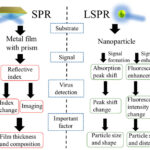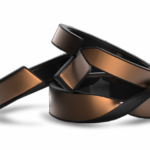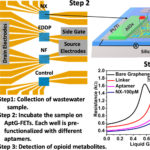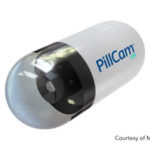Leland Teschler | Executive Editor
If you are one of the individuals voluntarily spending your time on technology to help abate the COVID 19 pandemic, consider the experience of the vacuum cleaner company Dyson in the U.K. Company founder James Dyson estimates his firm spent about $25 million and about 10 days to develop a respiratory ventilator that would help fill a projected shortage in that country. While waiting for regulatory approval to produce 10,000 of the machines, Dyson got word from the UK government that his ventilators wouldn’t be needed after all.
Dyson has reportedly said he didn’t mind the expense and time put into the project. But he might end up being lucky  his hastily conceived ventilators never reached the market: At least he won’t be sued for his trouble.
his hastily conceived ventilators never reached the market: At least he won’t be sued for his trouble.
As the smoke clears from the initial pandemic battles, federal politicians are now talking about shielding companies from liability stemming from their actions during the crisis. But the discussions so far center on workers at U.S. businesses. Employers fear a wave of litigation when returning workers start getting sick from the coronavirus. So there has been a push for legislative immunity forcing plaintiffs to show that businesses were grossly negligent or reckless in exposing their workers and customers to the virus.
However, none of these discussions extend to manufacturers making health care equipment in war-effort conditions. Some states have proposed expanding liability protections to manufacturers aiding in the crisis, but there has been no real action on that that front.
On the other side of the issue are plaintiffs’ lawyers who claim immunity shields remove incentives to keep employees safe. But there is some dark humor in the legal profession that perhaps expresses their position more succinctly: Every corpse has a lawyer.
Manufacturers have reason to be concerned about legal troubles. The U.S. Food and Drug Administration normally requires that most new medical devices undergo lengthy laboratory and animal testing to answer basic questions about safety. However, the medical devices being devised during the coronavirus pandemic aren’t getting this kind of scrutiny. Late in March, the FDA issued an Emergency Use Authorization (EUA) that eliminated a need for manufacturing facilities to follow current good manufacturing practices (CGMP), including quality system requirements, when making ventilators. Suspending the CGMP practices– which typically involve a significant amount of procedure documentation and record keeping–allowed non-medical manufacturers such as Ford and GM to begin ventilator production. The EUA also allowed commercially available bag resuscitators and other devices to be modified in ways that allow them to fill in as ventilators.
This isn’t the first time the FDA has relaxed its medical device regulations. In the past, it has allowed equipment to forego clinical testing if it could be proved to be “substantially equivalent” to similar devices already commercially available. But the FDA has taken flak for these policies because they have occasionally led to approving equipment for sale that later underwent significant recalls due to various design and production issues.
And when it comes to respiratory ventilators, the evidence is that even equipment manufactured under normal conditions can have problems. That was the reason the UK recently decided not to use ventilators obtained from China which, UK officials said, were prone to providing an unreliable and varying supply of oxygen.
All these factors constitute lawsuit fodder if well-intentioned manufacturers don’t get legal protection. Absent such protection, we may see yet-another example of the old adage that no good deed goes unpunished.






